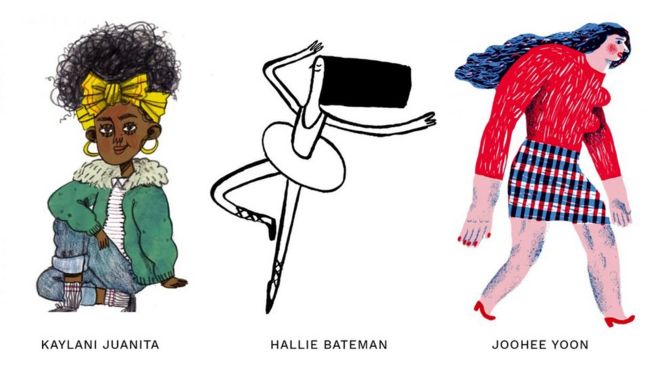 WOMEN WHO DRAW
WOMEN WHO DRAW
A website designed to showcase the work of female illustrators and promote diversity has got off to a flying start, after receiving submissions from around the world.
The Women Who Draw website, which had its "soft launch" in December, crashed under the weight of more than six million page views in its first three days, according to its US founders, Wendy MacNaughton and Julia Rothman.
"We had to close submissions because we were overwhelmed. We received 1,200 submissions in 24 hours," said Ms Rothman, citing contributions from Iran, Brazil, Argentina and South Africa, among others.
The site's mission statement is to "increase the visibility of female illustrators, female illustrators of colour, LBTQ+, and other minority groups".
On Monday, it is relaunching, backed by a new server and showcasing 700 new members, whose work organisers have collated within three weeks.
They also have more than 300 artists on the waiting list.
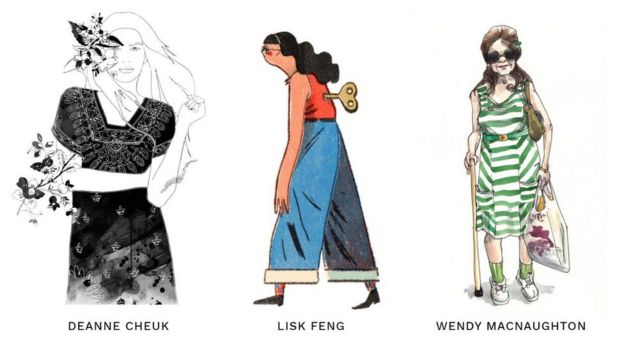 WOMEN WHO DRAW
WOMEN WHO DRAW
Ms MacNaughton and Ms Rothman, who are both successful illustrators, said they were motivated to create the project after noticing certain publications were dominated by male artists.
"We counted a certain magazine that often has illustrated covers, and noticed that in the past 55 covers, only four were by women," said Ms Rothman.
Something seemed to be amiss, considering that the arts field within education is often dominated by women.
In the UK, data from higher-education admissions service Ucas shows that in 2016 the number of women enrolled in design studies courses (including illustration) was more than double the number of men.
So, do the women behind Women Who Draw think sexism in the industry is an enduring problem?
"When I see who wins the awards, who are on the juries and who speaks at conferences, it is clear that there is a bias. Although no-one has specifically said to me that you are a woman so I am not going to hire you," said Ms Rothman.
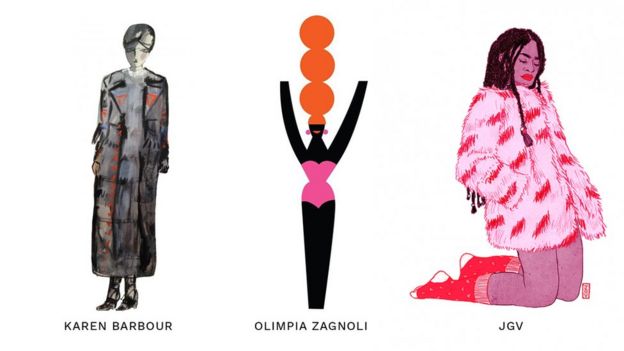 WOMEN WHO DRAW
WOMEN WHO DRAW
Sabrina Scott, an artist, illustration lecturer, and PhD student at Toronto's York University, has conducted a study of seven years of images within the American Illustration (AI) annual, a collection of award-winning images, chosen by a jury.
She looked at how people - male and female - were represented in nearly 3,000 images.
Ms Scott said: "Over seven years from 2008 to 2015, white men appear in 55% of AI award-winning illustrations, on average. The representation of white women has remained fairly steady at an average of 32%, as has the representation of men and women of colour, whose seven-year averages are 8% and 4%, respectively."
She also found that while men were drawn as nude or nearly nude 3% of the time, that figure rose to 30% for female figures.
"The only dead bodies depicted during the timeframe of my analysis are those that belong to men of colour," she added.
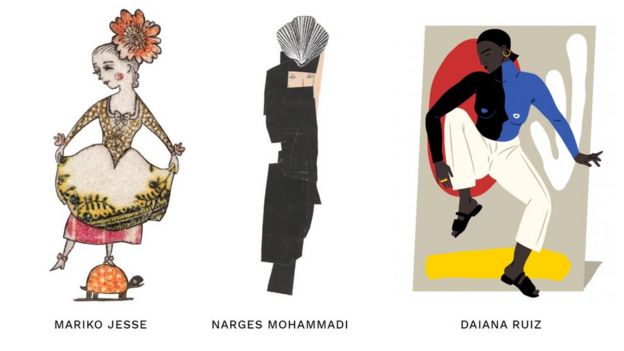 WOMEN WHO DRAW
WOMEN WHO DRAW
The site allows artists to highlight different aspects of their identity. Artists can be tagged according to their sexuality, religion, and location.
Trans women are also encouraged to join, and are not differentiated from other women.
Artist Kaylani Juanita lists herself on the site under the categories African American/black, LBTQ+, west coast (US), multiracial, and native Hawaiian/Pacific islander.
Did she worry that she might get pigeonholed? "I'm far more worried about invisibility or erasure of identity rather than being pigeonholed for making my identity visible," she said.
"I joined because it's an inclusive list that's well needed within publishing and illustration," she added.
"For women artists, it provides solidarity, visibility, and community. I would have loved a list like this when I was in college and high school."
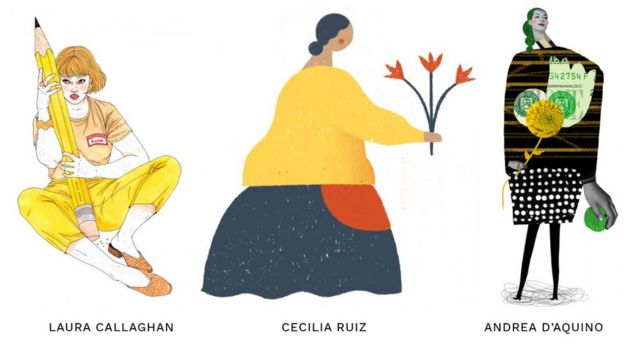 WOMEN WHO DRAW
WOMEN WHO DRAW
Bryan Gee, an art director at Canadian national newspaper The Globe and Mail, says he has already commissioned three artists he found on the site. One was themed on female sexuality.
He also finds the categorisation of artists based on location useful, as part of his job involves showcasing Canadian talent.
"The biggest challenge to Women Who Draw as they to continue to add to their roster will be how to balance inclusivity with the quality of the work that I currently find there," he said.
However, some of the features he is less convinced about. "It seems a bit odd, for example, to see 'atheist' pop up so frequently as a primary defining quality of some of the illustrators."
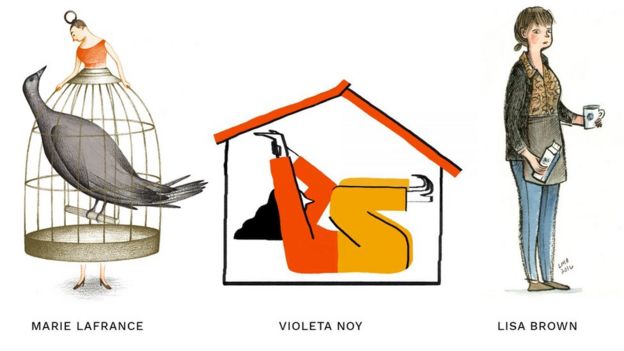 WOMEN WHO DRAW
WOMEN WHO DRAW
"I don't think it is about tokenism," adds Lizzy Stewart, an artist from London, who has joined the site. "I think work will still be commissioned based on talent, after all no-one wants to pay for bad work. It'd just be great if that work could come from a wider range of sources."
Women Who Draw has decided not to include tags to denote writers who are white or straight. "That was a big decision that we debated a lot," said Ms MacNaughton. "We decided we didn't want to support art directors in search of more white women."
But Ms MacNaughton adds that it is an evolving project and they are open to feedback.
"Ultimately it is the work that matters," she said. "The site creates a signpost. It is up to the art director to choose the work and the people."
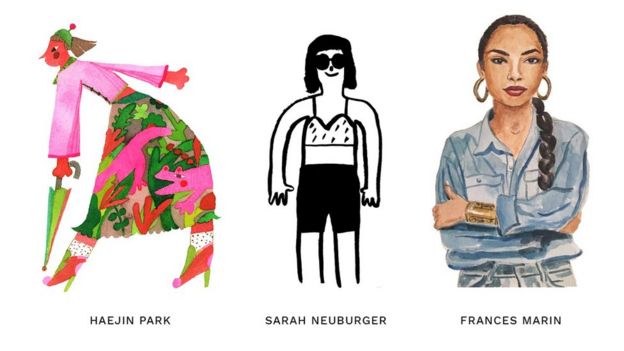
No comments:
Post a Comment